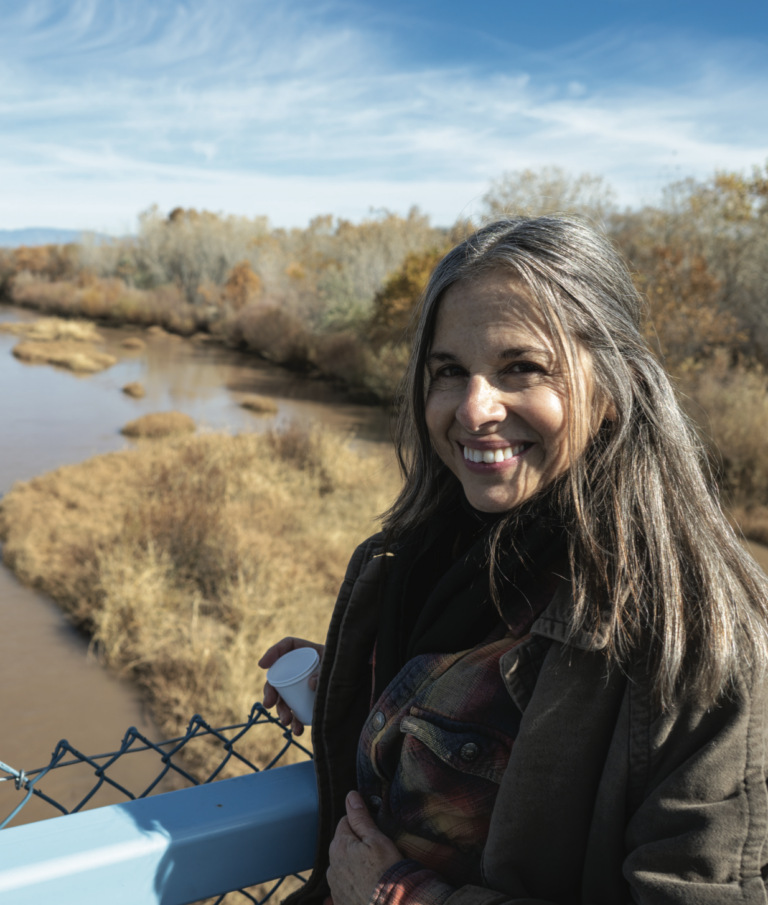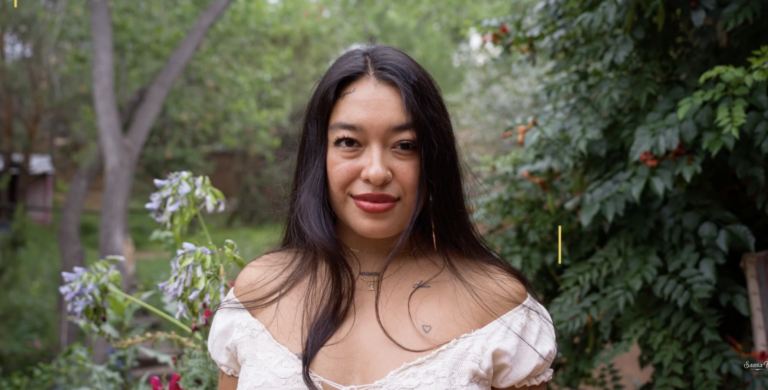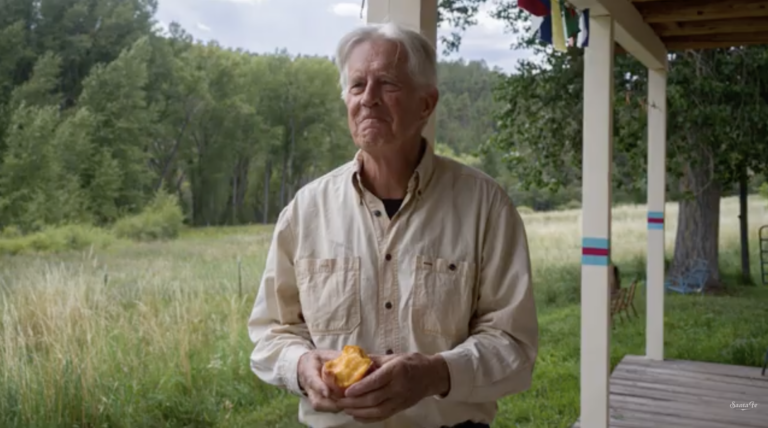SARAH PIERPONT was unmoved by the fact that I arrived 20 minutes late for our interview, even though she needed to be able to leave on time to pick up her kids. Economy – of movement, temperament, thought process, and business start-ups – were all second nature to Sarah. In this instance, her solution to our time crunch was to provide a brisk walking tour of the site as she recounted, rapid-fire, a full range of origin stories for this business and the multitudinous objects that were neatly stored pretty much everywhere.
To an outsider, the place initially looked confusing and disorganized, like a prop room for a circus. But as we continued, it slowly became fantastical. The entire place was undergirded by a series of deceptively simple, good (even great), old-fashioned ideas: Rethink conventional definitions of recyclables. Separate true garbage from value artifacts. Give the good stuff to an artist who uses it as raw material. And set up places to show and sell the work.
When the tour came to an end, I was focused on a just-delivered, 130-foot cloth fireman hose. Sarah beamed at the hose as if it were a newly donated object from the Louvre. She had to leave, but I remained, contemplating the infinite places the hose had been, the lives it had saved, and all the things it could become.
How did you get involved in recycling?
I’ve worked in recycling and solid waste for about 15 years, via geology and the Forest Service. Now I’m the executive director of the New Mexico Recycling Coalition, a statewide nonprofit. Our mission is to inspire New Mexicans to rethink, reduce, reuse, and recycle. We help communities set up recycling programs. We work to find markets for materials. We do education and outreach on the statewide level. I actually started the recycling with forest residuals.
Forest residuals?
Small-diameter trees and branches. When they’re thinning for urban interface areas, there’s all this leftover tree waste.
Typically, they were burned on-site. But our grant was to help them do it differently. It was called “Don’t Trash That Slash.” Organics are a huge part of our trash; 30–35% of what we throw away as Americans is either food waste or plant/tree material. So all of that organic stuff can easily get diverted and be turned into organic compost and used to feed our soil, as mulch to retain water, to reduce pesticide use, and to grow food. That was my gateway into recycling.
Then I turned the Recycle Santa Fe Art Festival into a nonprofit. I loved it because it was…the Recycle Art Festival! When you go to the festival, everything is discarded items that would have been thrown away. The festival is not going to reduce the tons of material that go into our landfill by any amount we could notice, but it helps consumers think about waste, think about consumption, and think about how to reuse and repurpose and repair.
A good example are these eight pallets of fire hoses along the fence. The US Forest Service in Silver City contacted me and said, We have all these pallet hoses that are decommissioned because they don’t hold the enough pressure for the water. We’re going to throw them away unless you want them. So they delivered eight pallets, and so far, they’ve gone to make fencing, dog toys, and a gentleman in Taos wants all of them to make a giant swing set, a play structure, and a tree fort for his nephew. There is all this great material. It just takes a little bit of creativity and connecting.
You are broadening what we normally think of as recycling.
Recycling is the bottom of the hierarchy. First of all, there’s reduce, which is not using single-use plastic items, not buying more than you need. Then there’s repair, fixing items. We’ve hosted repair cafés as part of this nonprofit. There’s reuse and there’s rethink – thinking about how the system is really wasteful. Finally, there’s repurpose, which is what we do here.
There’s so much waste. Isn’t it overwhelming?
A good part of my job is telling people what is garbage. A lot of the time, people will say, Oh, I’ve been saving these tiny little bottle caps for ten years and someone might wanna use them for this or that. I’m like, Well someone might, but I don’t know anyone that does. So maybe it’s better to throw it away in New Mexico where we know there’s a landfill that’s lined and monitored.
How big is the Recycle Art Festival?
We have about 100 artists who travel from around New Mexico and across the region who are already doing this – making their art out of discarded items. That network was a perfect match for Resourceful, my resource center for artists. I have store hours on Tuesdays, and there’s always a line at the gate of recycled material artists, creative seamstresses, collage artists, and welders.
The proceeds help fund the Recycled Art Show. That show is critical for the artists, a place where they can say, I’m selling this as a recycled material artist.
In turn, those artists lead free community workshops where kids are invited, like our “make your own recycled-material Christmas gifts” event. I want to be able to provide more of a community-based service, where we would have after-school programs and support creative recycling birthday parties.
There’s a lot of junk out there that people are attached to.
There’s so much emotion attached to stuff. Stuff can be a huge burden. Like my father-in-law and my mother-in-law, they got a shipment of old broken instruments from the family. No one wants those, and no one wants to get rid of them. And you know what? They have psychological karma. So we took those old instruments and brought them to the Resourceful store. And a lamp maker, one of my neighbors, turned them into really cool table lamps.
So there’s kind of that extreme of, It’s all garbage, we’re throwing it away. And I’m like, No, no, no, let me look through it first. We can use the material. The other extreme is people thinking that their garbage is so valuable. And I think that all has its own psychology.
I like to think of us as connecting the dots between too much stuff and too much scarcity – in an artistic way. So the people who come in here are geniuses. They bring their work and they show me what they’re making, and it’s like little tiny pieces of vintage fabric sewn into a beautiful mural. It’s amazing.
Learn more at recyclenewmexico.com
Photo Mary Moon









